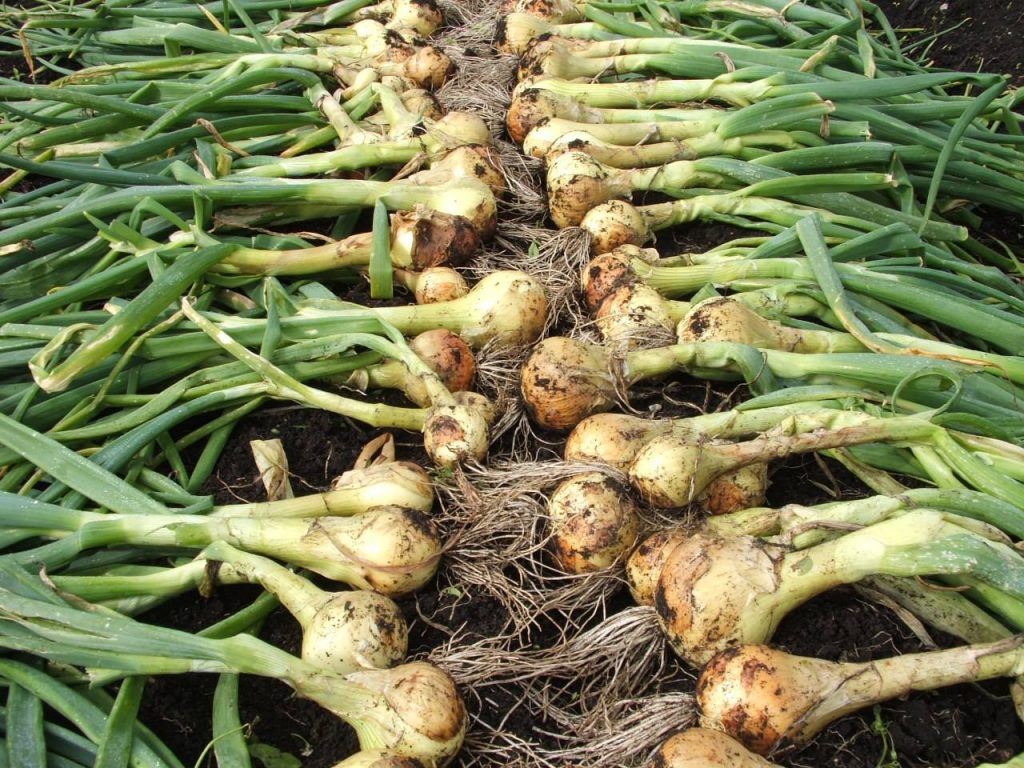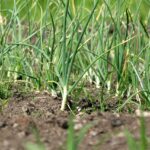We use cookies to make your experience better. To comply with the new e-Privacy directive, we need to ask for your consent to set the cookies. Learn more.
Overwintering Garlic and Onions
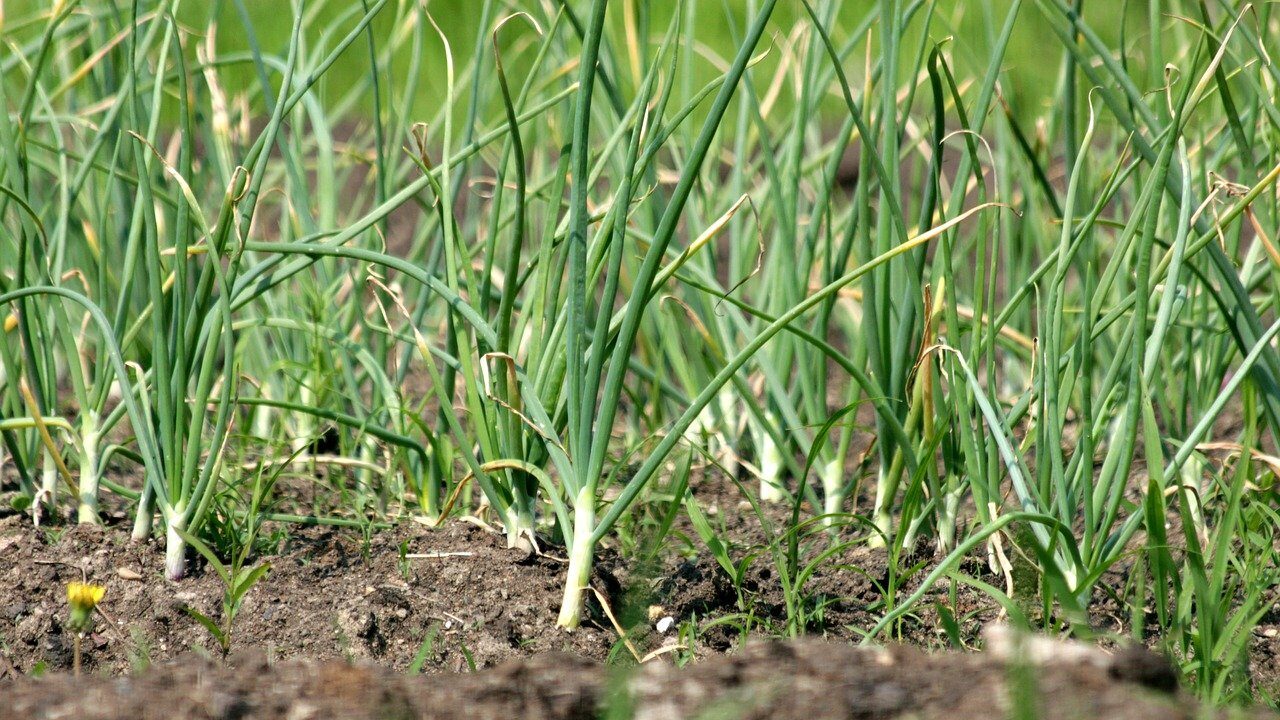
Overwintering Garlic and Onions
It's time to start planting overwintering garlic and onions. They can be planted from late September and will give you a harvest the following summer.
Overwintering Garlic
Garlic comes from the mountainous regions of Central Asia and has adapted to extreme changes in temperature including very cold nights. As a result, garlic performs best when subjected to a cold period of one or two months. Ground temperatures of between 0 — 10º celsius encourages optimum clove formation making it very suited to our Irish climate and autumn planting often produces better crops than garlic sown in spring. Garlic enjoys a long growing season, it's best planted in the Autumn months however it can be planted with good results all the way up till Christmas and even early in the new year. The harvest usually occurs between June - August.
We have a great selection of overwintering garlic - including varieties like Vallelado, Primor, Messidor and Morado etc. They are certified Organic and disease free. Avoid planting supermarket garlics as they may be irradiated and not suitable for planting, also they will not certified free from diseases.
Garlic is a member of the Allium family so be sure to follow a crop rotation and do not plant it in a bed where onions have been harvested. If your soil is very heavy, incorporate organic matter or plant in a raised bed. You may choose to plant your garlic through a ground fabric for that added bit of winter protection.
Planting Overwintering Garlic
Choose an open, sunny site and well-drained soil. High humidity around the foliage and wet soils make the crop more prone to disease. Prior to planting, improve the soil’s structure, moisture retention and nutrient levels by incorporating organic matter. Apply about two bucketfuls of well-rotted manure or other organic matter such as garden compost every square metre. Avoid using fresh manure. Over-wintered garlic greatly benefits from an application of nitrogen-rich fertiliser in late winter.
Garlic is planted from bulb segments (cloves), so break up the bulb carefully into individual segments prior to planting. Make sure that the cloves are planted the right way up: the flatter basal plate should be facing downwards. Allow 15cm between individual cloves and 30cm between rows. Plant the cloves so the tips are 2.5cm below soil surface. Deeper planting can encourage better yields on light soils, but do not plant deeply on heavy soils
Keep well weeded over winter - garlic doesn't like competition. It will also allow better air circulation through the crop.
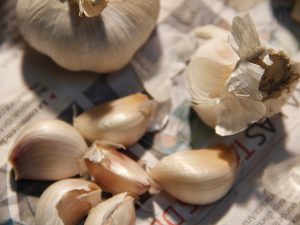
Harvesting Garlic
Lift the bulbs with a fork once the foliage starts to fade and go yellow – mid summer on. Avoid bruising the bulbs as it reduces their storage quality. Brush bulbs to clean off any excess soil. Dry them off thoroughly in a single layer in the sun (not more than 2 –3 days otherwise the Garlic bulbs can turn green) or in a dry, shaded, well-ventilated place such as a shed. Store in a dry place at 5-10°C.
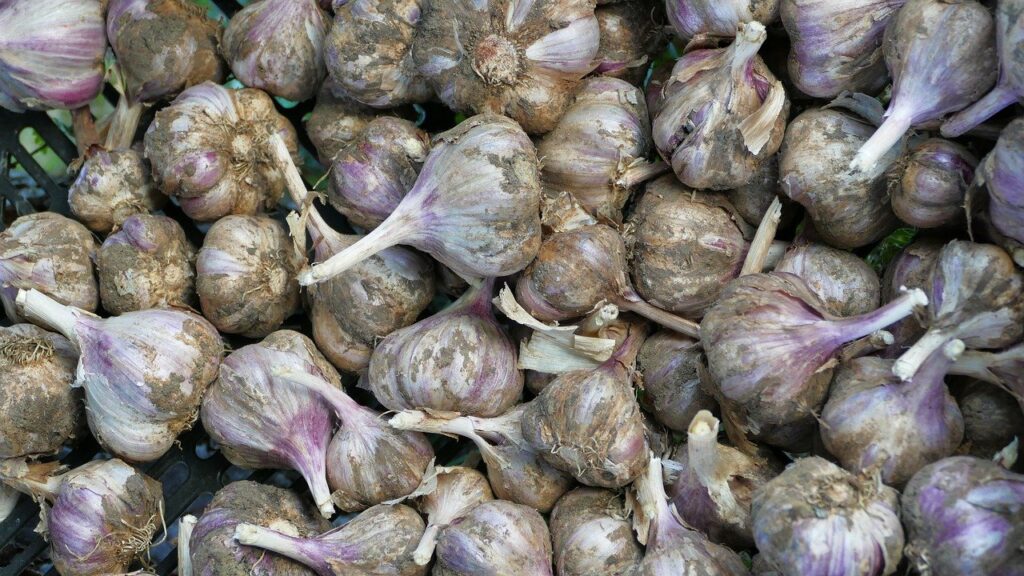
Overwintering Onions
Overwintering onions are often called ‘Japanese’ onions (because they were first developed in Japan), these can be sown outside from late September. The main benefit of growing overwintering onions is that you will have a crop of onions ready for eating about a month before your main crop is ready for harvest. The other major difference between Japanese and regular onions is that Japanese onions do not store as well as well as spring sown onions. They will store for about four weeks, when your main-crop onions should be ready.
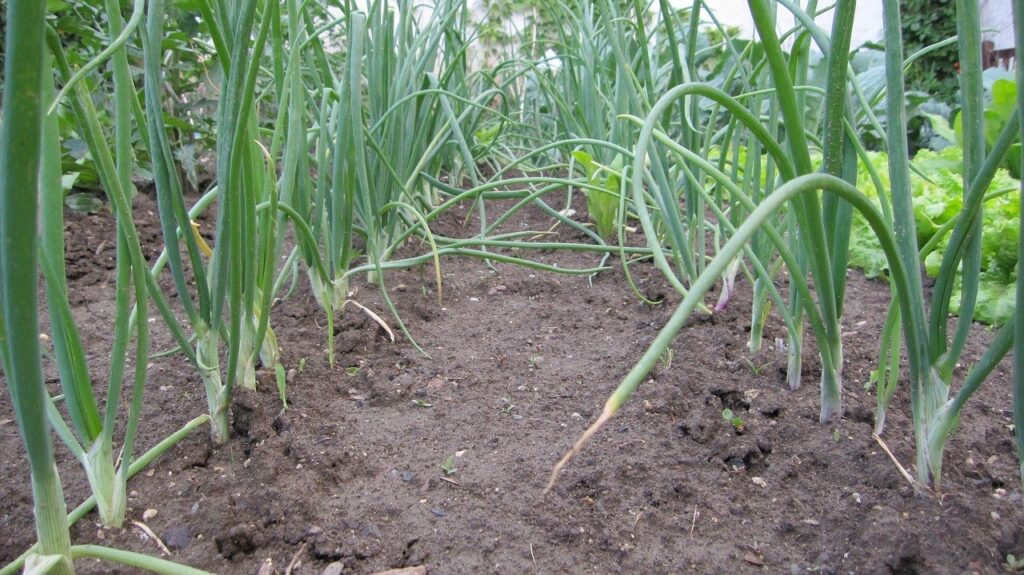
Planting Overwintering Onions
Onions should be grown in full sun, in fertile, moist and well drained soil. Onions like most vegetables are quite demanding for Potash(K), medium for Phosphorus(P) and medium for Nitrogen(N). A good all-round fertilizer is ideal for them. Avoid planting onions in soil that’s been freshly manured or they will be too lush. Plant the sets about a 1-1.5cm deep and 3 - 5 cm apart with 30 - 40cm between the rows.
Over-wintered onions greatly benefit from an application of nitrogen-rich fertilizer in late winter. This not only enhances growth but can also suppress premature flowering.
- Keep well weeded over winter - onions don't like competition. It will also allow better air circulation through the crop.
- To prevent birds pulling out your sets, cover them with a fleece or net, which should be removed when the first shoots appear.
- If planting in a tunnel, try to avoid overhead irrigation as it can encourage fungal diseases.
Harvesting Onions
Stop watering your onions when they reach the desired size and the tops have begun to fall over. Harvest them when most of the tops are down. Sun-cure them for at least a week before storing to make them last longer. After that make ropes out of them or store them in net bags hanging in a cool, dry place. Overwintering onion sets can also be harvested as scallions all season long.
